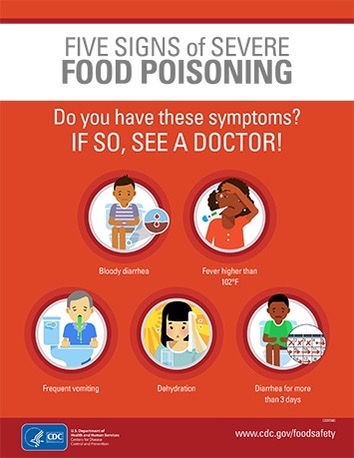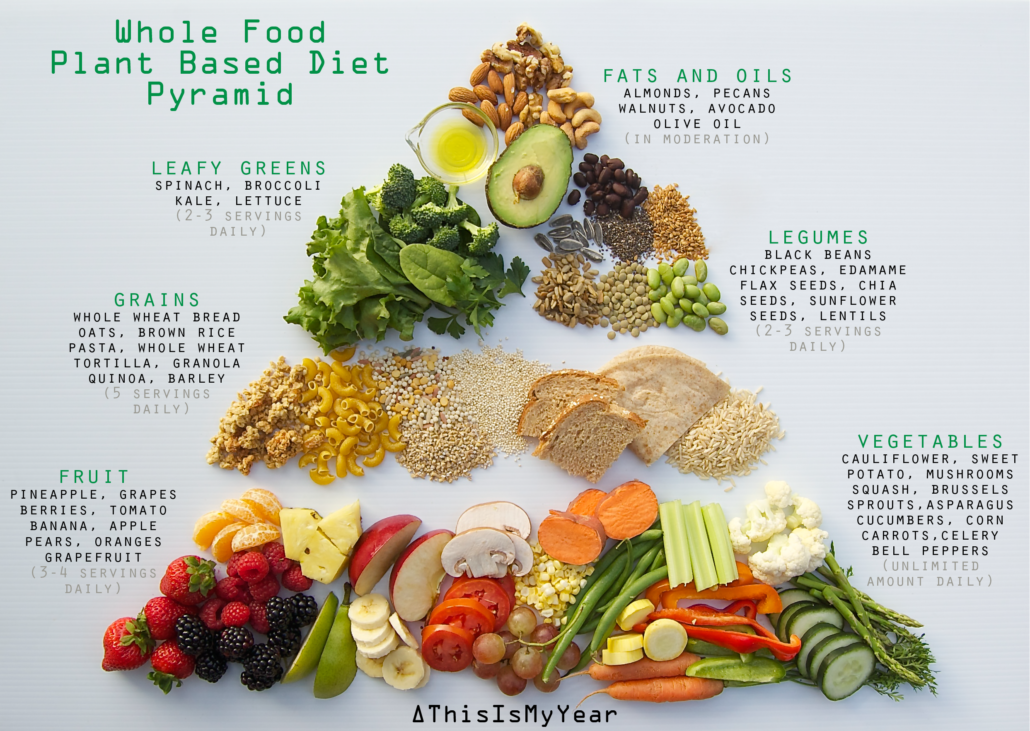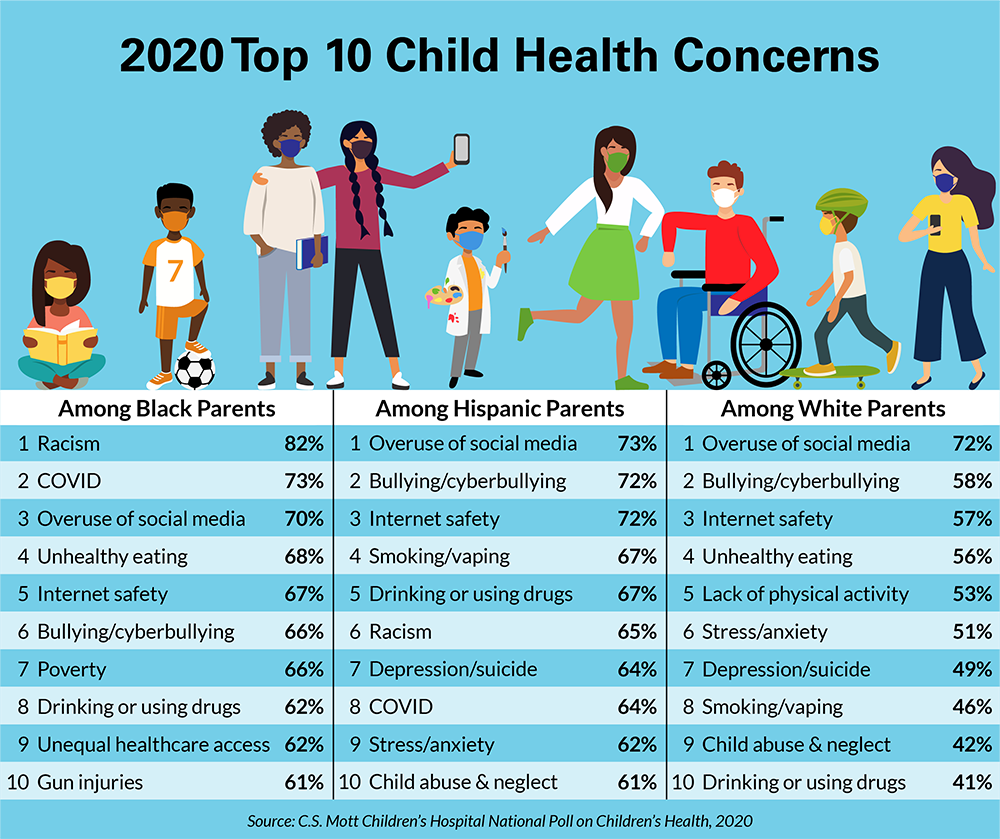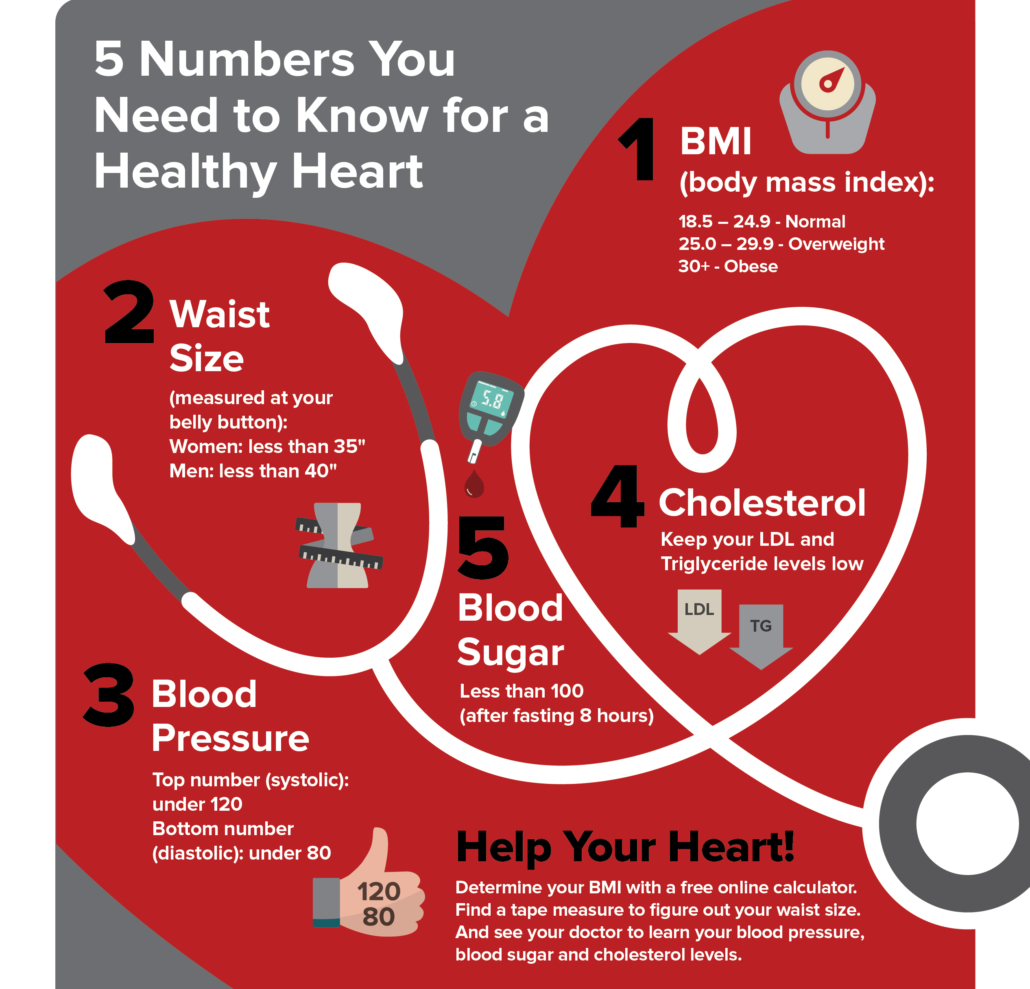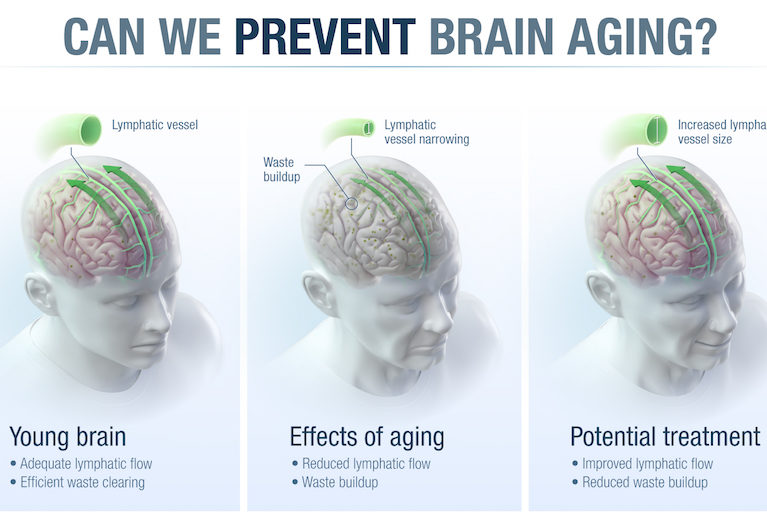Food Poisoning Symptoms
Food poisoning symptoms can be anywhere from mild to very serious. Your symptoms may be different depending on the germ you swallowed. The most common symptoms of food poisoning are:
- Upset stomach
- Stomach cramps
- Nausea
- Vomiting
- Diarrhea
- Fever
After you swallow an unsafe (contaminated) food or drink, it may take hours or days to develop symptoms. If you have symptoms of food poisoning, such as diarrhea or vomiting, drink plenty of fluids to prevent dehydration (not having enough water in your body).
When to See a Doctor for Food Poisoning
See your doctor or healthcare provider if you have symptoms that are severe, including:
- Bloody diarrhea
- High fever (temperature over 102°F, measured in your mouth)
- Frequent vomiting that prevents keeping liquids down (which can lead to dehydration)
- Signs of dehydration, including little or no urination, a very dry mouth and throat, or feeling dizzy when standing up
- Diarrhea that lasts more than 3 days
Serious Health Problems and Long-Term Effects From Food Poisoning
Most people have only mild illnesses, lasting a few hours to several days. However, some people need to be hospitalized, and some illnesses cause long-term health problems or even death. Infections spread by food can lead to:
- Chronic arthritis
- Brain and nerve damage
- Kidney failure caused by hemolytic uremic syndrome (HUS)
Symptoms and Sources of Common Food Poisoning Germs
Some germs make you sick within a few hours after you swallow them. Others may take a few days to make you sick. This list provides the symptoms, when symptoms begin, and common food sources for germs that cause food poisoning. The germs are listed in order of how quickly symptoms begin.
- Symptoms begin 30 minutes to 8 hours after exposure: Nausea, vomiting, stomach cramps. Most people also have diarrhea. Common food sources: Foods that are not cooked after handling, such as sliced meats, puddings, pastries, and sandwiches
- Symptoms begin 2 to 48 hours after exposure: Watery diarrhea, nausea, stomach cramps, vomiting, fever, chills Common food sources: Raw or undercooked shellfish, particularly oysters
- Symptoms begin 6 to 24 hours after exposure: Diarrhea, stomach cramps. Usually begins suddenly and lasts for less than 24 hours. Vomiting and fever are not common. Common food sources: Beef or poultry, especially large roasts; gravies; dried or precooked foods
- Symptoms begin 6 hours to 6 days after exposure: Diarrhea, fever, stomach cramps, vomiting Common food sources: Raw or undercooked chicken, turkey, and meat; eggs; unpasteurized (raw) milk and juice; raw fruits and vegetables
- Other sources: Many animals, including backyard poultry, reptiles and amphibians, and rodents (pocket pets)
- Symptoms begin 12 to 48 hours after exposure: Diarrhea, nausea/stomach pain, vomiting Common food sources: Leafy greens, fresh fruits, shellfish (such as oysters), or unsafe water
- Other sources: Infected person; touching surfaces that have the virus on them
Clostridium botulinum (Botulism)
- Symptoms begin 18 to 36 hours after exposure: Double or blurred vision, drooping eyelids, slurred speech. Difficulty swallowing and breathing, dry mouth. Muscle weakness and paralysis. Symptoms start in the head and move down as the illness gets worse. Common food sources: Improperly canned or fermented foods, usually homemade. Prison-made illicit alcohol (pruno).
- Symptoms begin 2 to 5 days after exposure: Diarrhea (often bloody), stomach cramps/pain, fever Common food sources: Raw or undercooked poultry, raw (unpasteurized) milk, and contaminated water
- Symptoms begin 3 to 4 days after exposure: Severe stomach cramps, diarrhea (often bloody), and vomiting. Around 5–10% of people diagnosed with E. coli develop a life-threatening health problem. Common food sources: Raw or undercooked ground beef, raw (unpasteurized) milk and juice, raw vegetables (such as lettuce), raw sprouts, unsafe water
- Symptoms begin 1 week after exposure: Watery diarrhea, loss of appetite, and weight loss. Stomach cramps/pain, bloating, increased gas, nausea, and fatigue. Common food sources: Raw fruits or vegetables and herbs
- Symptoms begin 1 to 4 weeks after exposure: Pregnant women usually have a fever and other flu-like symptoms, such as fatigue and muscle aches. Infections during pregnancy can lead to serious illness or even death in newborns.
- Other people (most often older adults): headache, stiff neck, confusion, loss of balance, and convulsions in addition to fever and muscle aches. Common food sources: Queso fresco and other soft cheeses, raw sprouts, melons, hot dogs, pâtés, deli meats, smoked seafood, and raw (unpasteurized) milk
Everything you need to know about plant based diets
A plant based diet is one that focuses on only or mostly foods from plant sources. This way of eating may have benefits for both a person’s health and the planet.
In this article, we look at what a plant based diet is, the health benefits, and what nutritional considerations a person should make before switching.
What is a plant based diet?
Many people interpret a plant based diet as avoiding all animal products.
A plant based diet is a diet that involves consuming mostly or only on foods that come from plants. People understand and use the term plant based diet in different ways.
Some people interpret it as a vegan diet, which involves avoiding all animal products.
For others, a plant based diet means that plant foods, such as fruits, vegetables, whole grains, nuts, and legumes, are the main focus of their diet, but they may, occasionally, consume meat, fish, or dairy products.
A plant based diet also focuses on healthful whole foods, rather than processed foods.
Health benefits
Following a plant based diet offers many possible health benefits, including:
Better weight management
Research suggests that people who eat primarily plant based diets tend to have a lower body mass index (BMI) and lower rates of obesity, diabetes, and heart disease than those who eat meat.
Plant based diets are high in fiber, complex carbohydrates, and water content from fruit and vegetables. This may help to keep people feeling fuller for longer and increase energy use when resting.
A 2018 study found that a plant based diet was effective for treating obesity. In the study, researchers assigned 75 people who were overweight or had obesity to either a vegan diet or a continuation of their regular diet, which contained meat.
After 4 months, only the vegan group showed a significant weight loss of 6.5 kilograms (14.33 pounds). The plant based vegan group also lost more fat mass and saw improvements in insulin sensitivity, whereas those who consumed a regular diet with meat did not.
A 2009 study on more than 60,000 people also found that vegans had the lowest average BMI, followed by lacto-ovo vegetarians (those that eat dairy and eggs) and pescatarians (people who eat fish but no other meat). The group with the higher average BMI were nonvegetarians.
Lower risk of heart disease and other conditions
A 2019 study from the Journal of the American Heart Association found that middle aged adults who ate diets high in healthful plant foods and low in animal products had a lower risk of heart disease.
According to the American Heart Association , eating less meat can also reduce the risk of:
Diabetes prevention and treatment
Plant based diets may help people prevent or manage diabetes by improving insulin sensitivity and reducing insulin resistance.
Of the 60,000 people studied in 2009, only 2.9% of people on a vegan diet had type 2 diabetes, compared to 7.6% of those eating a nonvegetarian diet.
People eating vegetarian diets that included dairy and eggs also had a lower risk of type 2 diabetes than meat eaters.
Researchers have also looked at whether following a plant based diet can help treat diabetes. The authors of a 2018 review indicate that vegetarian and vegan diets could help people with diabetes reduce their medication needs, lose weight, and improve other metabolic markers.
The authors suggested that doctors might consider recommending plant based diets to people with prediabetes or type 2 diabetes. While veganism showed the most benefits, the researchers stated that all plant based diets would lead to improvements.
People wanting to try a plant based diet should try one that they think they can follow long term.
Foods to eat
People should focus on eating the following food groups when transitioning to a plant based diet:
Fruits
A plant based diet includes all fruits, such as:
- berries
- citrus fruits
- bananas
- apples
- grapes
- melons
- avocado
Vegetables
A healthful plant based diet contains plenty of vegetables. Including a variety of colorful vegetables provides a wide range of vitamins and minerals.
Examples include:
- broccoli
- kale
- beetroot
- cauliflower
- asparagus
- carrots
- tomatoes
- peppers
- zucchini
Root vegetables are a good source of carbohydrates and vitamins. They include:
- sweet potato
- potatoes
- butternut squash
- beets
Legumes
Legumes are an excellent source of fiber and plant based protein. People can include a wide variety in their diet, including:
- chickpeas
- lentils
- peas
- kidney beans
- black beans
Seeds
Seeds are a great snack or an easy way to add extra nutrients into a salad or on top of a soup.
Sesame seeds contain calcium and sunflower seeds are a good source of vitamin E. Other seeds include:
- pumpkin
- chia
- hemp
- flax
Nuts
Nuts are a good source of plant based protein and vitamins, such as selenium and vitamin E.
Healthful fats
It is vital to consume polyunsaturated and monounsaturated fats, as well as omega-3 fatty acids. Plant based sources include:
- avocados
- walnuts
- chia seeds
- hemp seeds
- flaxseed
- olive oil
- canola oil
Whole grains
Whole grains are an excellent source of fiber and help maintain stable blood sugar. They also contain essential minerals, such as magnesium, copper, and selenium.
Examples of whole grains include:
Plant based milk
If people want to reduce their dairy intake, there is a wide range of plant based milk available in grocery stores and online. These include:
- almond
- soy
- coconut
- rice
- oat
- hemp
Just make sure to choose unsweetened plant milk options.
Foods to avoid
Just reducing or eliminating animal products does not automatically mean a plant based diet is healthful. It is also vital to reduce or avoid unhealthful foods, such as:
- processed foods
- sugary foods, such as cakes, biscuits, and pastries
- refined white carbohydrates
- processed vegan and vegetarian alternatives that may contain a lot of salt or sugar
- excess salt
- fatty, greasy, or deep fried foods
Recipes to get started
The following recipes can help a person get started with a plant based diet:
Breakfast
Lunch
Dinner
Dessert
- apples with almond apricot sauceTrusted Source
- dark chocolate covered figs
- peanut butter cup energy bites
Snacks
Considerations
Before starting a plant based diet, people should ensure they take steps to get enough of the following nutrients:
Vitamin B-12
Vitamin B-12 is an essential nutrient for blood and cell health. B-12 deficiency can lead to anemia and nerve damage. B-12 is present in many animal products but not in many plant based foods.
People who eat a vegan or even a vegetarian diet could consider taking a B-12 supplement or consume products fortified with B-12. Foods include some cereals, plant based milk, and nutritional yeast.
Iron
People following a plant based diet may have to ensure they get enough iron in their diet, as it has lower bioavailability in plants than meat.
Plant based foods that are a good source of iron include:
Make sure to combine citrus and other vitamin C sources with plant based sources of iron to increase absorption.
Protein
Some people may have concerns about getting enough protein from a plant based diet. However, there is a wide variety of plant based sources of protein, including:
Consuming proteins from a variety of food sources can help provide all the necessary amino acids for good health. For example, people could add a handful of seeds or a spoonful of hummus to tofu or beans.
Omega-3 fatty acids
A person following a plant based diet may wish to consider taking an omega-3 supplement.
Omega-3 fatty acids are essential as they help reduce inflammation, memory loss, and other chronic conditions, such as heart disease. The two primary omega-3 fatty acids are EPA and DHA.
Fish, seafood, and animal products, such as eggs are among the primary sources EPA and DHA.
While several plant based foods, such as walnuts, hempseed, and flaxseed, contain omega-3 ALA, research shows that the body is slow and inefficient at converting ALA to EPA and DHA. Some people are also genetically at risk for poor absorption of ALA.
Vegetarians exhibit lower levels of DHA and EPA in blood and tissue, which may increase inflammation, memory difficulties, brain fog, and other effects. People following a plant based diet might want to consider taking an omega-3 supplement.
Some dietitians advise vegetarians to reduce the amount of pro-inflammatory linoleic acid they consume. Soybean, corn, sunflower, and safflower oils contain linoleic acid.
Summary
Eating a diet higher in plant foods and lower in animal products can have many health benefits, including weight loss or maintenance and a lower risk of heart disease and diabetes.
If people want to make the switch to a plant based diet, they can start by gradually reducing their meat and dairy intake.
Eating an entirely plant based meal once a week, or swapping out one animal product for a plant based one, can be an excellent place to start.
People may also wish to speak to a doctor or dietitian before making significant changes in their diet.
New Reports on Health and Well-being of Children During COVID-19 Pandemic
Today, CDC is releasing two new reports in MMWR that provide important insights on the health and well-being of children and adolescents during the COVID-19 pandemic.
The first report looked at pediatric emergency department visits. The first report looked at pediatric emergency department visits. The study found that overall pediatric emergency department visits decreased in 2020, 2021, and in January 2022 compared with visits in 2019, while COVID-19-related emergency department visits increased across all pandemic years and among pediatric age groups. There were also increases in the weekly number and proportion of emergency department visits for certain types of injuries, some chronic diseases, and visits related to behavioral health concerns, especially among older children (5–11 years) and adolescents (12–17 years). Factors affecting caregivers during the pandemic, including unavailable or unpredictable childcare, illness, financial hardship, and mental health concerns, might increase a child’s vulnerabilities. Loss of a parent or caregiver, increases in other challenges, and disruptions in daily routine due to the COVID-19 pandemic might have also increased a child’s behavioral health concerns and unhealthy coping behaviors.
The second report examined changes in pediatric emergency department visits for mental health conditions and found that adolescent girls (12–17 years) accounted for the largest increases in the number and proportion of emergency department visits for mental health conditions in 2020, 2021, and in January 2022 compared with 2019. Weekly visits for eating and tic disorders increased for females, and particularly adolescent females (12–17 years), during 2020, 2021, and in January 2022. The highly complex nature of individual experiences makes it difficult to identify a single reason for changes in mental health conditions during the pandemic. While extended time at home could increase familial support for some youth, it may have increased challenges and stressors among others. These factors, as well as other pandemic-related stressors that impact families (e.g., increases in parental mental health problems, parental substance use, financial strain, and loss of a parent or caregiver), could have created or increased the risk for mental health conditions.
Early identification and expanded evidence-based prevention and intervention strategies are critical to improving children’s mental health, especially among adolescent females who might have increased need. CDC recommends increased awareness for health concerns among children and adolescents that could arise due to delayed medical care and heightened emotional distress.CDC works 24/7 protecting America’s health, safety and security. Whether disease start at home or abroad, are curable or preventable, chronic or acute, or from human activity or deliberate attack, CDC responds to America’s most pressing health threats. CDC is headquartered in Atlanta and has experts located throughout the United States and the world.
Be a Heart-Health Role Model
Sharing is caring, but not when it comes to serious health conditions like diabetes or heart disease. These health conditions, like many others, can run in families. But there’s a lot you can do to help protect yourself and your family. Learn tips on how to be a heart-health role model for your family.
Heart disease is one of the most common complications of diabetes. And the longer you have diabetes, the more likely you are to develop heart disease. Recent studies show that people are developing type 2 diabetes at a much younger age, which means they will be affected by diabetes over a longer time and are at risk of developing diabetes complications like heart disease sooner.
If you have diabetes, you know how important healthy habits are to helping you manage the condition and prevent or delay complications like heart disease. And it’s not practical to have a different lifestyle than the rest of your family. So, what’s the key to being a heart-healthy role model? Getting your family involved! By showing your family how you’re taking steps to a healthy lifestyle, you’ll be a role model they can follow. Here are a few tips on how to be a heart-health role model for your family.
Share Your Family Health History
Like diabetes, heart disease can run in families. Having a family member with diabetes or heart disease increases your risk and the risk for others in your family. Talking about your family’s health history doesn’t only have to be a serious sit-down conversation. You can use family gatherings, mealtimes, or even coffee chats as a time to talk about your health history. You’ll want to:
- Ask questions. Asking your relatives about which health conditions they have had and when they were diagnosed can help you find out about your risk.
- Record and update information. Write down the information you collect and remember to update it as you learn more.
- Share with other family members. Sharing your family’s health history will benefit all members of your family, and it’s especially important to share this information with your younger relatives so that they can take steps now to prevent or delay heart disease.
Gathering family health history is just the first step. The next step is to act on it. Share the information at medical appointments so your doctor can decide which screening tests you need and when you’ll need them. Identifying and treating diabetes, heart disease, and other chronic conditions early can often mean better health in the long run. By starting the conversation and sharing your family’s health history, everyone can take steps to lower their risk.
Get Moving With Your Family
Of course you can’t change your genes, but there are lifestyle changes you and your family can make to lower the risk of heart disease. Being active with your family is a great way to lead by example. If the kids in your family see you enjoying physical activity, they’ll be more likely to give it a try.
Ask the people in your family what they like to do to be active, and build your family physical activities around those. Here are a few fun ways to get started.
- Go for a walk. You don’t have to do intense workouts to reap the benefits of physical activity. Walking is a great way to get exercise and spend time with your family.
- Try hula hooping. Did you know hula hooping is excellent exercise? It’s a lot of fun and it’s great for the whole family, even grandma and grandpa.
- Go for a bike ride. If you have knee or hip problems, bike riding is a great non-impact exercise. Kids love riding bikes too! Don’t forget to wear a helmet.
- Dance. Turn family time into dance time. Dancing is a great way to burn calories and get your heart pumping. Whether it’s just two to tango or a family group for your dance troupe, you’ll be dancing your way toward a healthier you.
Share Family Meals
Work, school, and other life responsibilities can make it hard to come together for mealtimes, but there are real benefits to sharing meals with loved ones. Sharing family meals is not only a great opportunity to pass on healthy eating habits, it’s also been shown to decrease family stress and help kids do better in school. Teaching the younger ones in your family the importance of eating together may encourage them to pass this value on to their kids later. Here are some tips for planning family meals:
- Keep it simple. Mealtime doesn’t have to be an elaborate event. Keep recipes simple and enjoyable for the whole family.
- Get the family involved. Let kids help with planning meals, creating shopping lists, cooking, setting the table, and cleaning up.
- Make mealtime screen-free. Make it a rule that phones and devices should be off or on mute and out of reach. This allows everyone to actively listen and be involved in the conversation.
At the Heart of It All
Being a heart-healthy role model involves knowing your risk, making healthy lifestyle choices, and taking steps to reduce the chance of getting heart disease. Managing diabetes is challenging even without having to manage a diabetes complication like heart disease. The good news is that you can do a lot to stay healthy and protect your heart—and the hearts of those you love.
Excess weight may accelerate brain aging
- Obesity and overweight increase the risk of many health conditions.
- A new study from Canada has found that excess body weight may also affect cognitive function, with inflammation possibly playing a role.
- People with excess fatty tissue gained lower scores for processing speed in cognitive tests.
- Physical exercise, which increases blood flow to the brain, may help limit cognitive impairment even in those with a high body mass index (BMI).
It is widely known that excess body weight is associated with many health conditions. Now, researchers have found an association between adiposity — having too much fatty tissue in the body — and cognitive impairment.
At the start of a new study, which appears in JAMA Network Open, Canadian researchers determined the adiposity of more than 9,000 participants. They measured both total body fat and visceral adipose tissue (VAT) — the fat that predominantly sits around organs in the abdominal cavity.
Previous studies have associated VAT, or visceral fat, with increased morbidity and a higher mortality risk. Visceral fat increases the risk of many conditions, such as:
- heart disease, including heart attacks
- type 2 diabetes
- raised blood pressure
- stroke
- breast and colorectal cancer
- Alzheimer’s disease
This latest study suggests that excess fat may have mental as well as physical effects.
Cognitive tests
All participants undertook two cognitive tests — the Digital Symbol Substitution Test (DSST) and the Montreal Cognitive Assessment (MoCA) — to assess a range of cognitive functions.
The researchers adjusted the scores for cardiovascular risk factors, educational level, and MRI-detected vascular brain injury, which is known to be associated with cognitive impairment.
The researchers found that higher total body fat and higher VAT were both significantly associated with lower DSST and MoCA scores. The association was greater on the DSST, which assesses processing speed, than on the MoCA, which is a multidimensional cognitive test.
Compared with those in the lowest quartile (25%) of adiposity, the performance of those in the highest quartile was equivalent to an additional 3 years of cognitive aging.
These results are not unexpected, as Dr. Anton Porsteinsson, professor and director of the Alzheimer’s Disease Care, Research and Education Program (AD-CARE) at the University of Rochester Medical Center, told Medical News Today:
“It is well-known that greater adiposity and body fat are associated with increased cardiovascular risk factors and that those are associated with increased risk of cognitive decline. This cross-sectional study found that excess adiposity was a risk factor for reduced cognitive scores, independent of cardiovascular risk factors, educational level, and MRI-detected vascular brain injury.”
This study reinforces findings from a previous study of older adults in Dublin, which found an association between adiposity, particularly central adiposity, and reduced cognitive function.
Possible causes
This study cannot prove a causative link between adiposity and cognitive impairment, as Dr. Eamon Laird, a senior research fellow at Trinity College Dublin in Ireland.
“It is cross-sectional, and it can be hard to tease out the associations and identify if visceral adiposity is causative and not just correlated with reduced cognitive scores. But the association is clear.”
The researchers controlled for cardiovascular risk and vascular brain injury, both of which research has shown to cause cognitive impairment. So, what else might be responsible for the link?
Effect of inflammation
The authors suggest that inflammation may play a role in cognitive impairment in those with overweight or obesity. One recent study involving more than 15,000 individuals found high levels of plasma C-reactive protein, an inflammatory marker, in those with a high BMI and a high waist-hip ratio.
Dr. Porsteinsson agreed with this suggestion, saying, “Systemic inflammation and glucose intolerance emerge as lead suspects.”
Dr. Laird also supports inflammation having a role. He said, “Pro-inflammatory cytokines from adipose tissue could also potentially be contributing to tissue damage via inflammation.”
Hypertension and reduced blood flow
There are also other potential mechanisms. For example, “Adiposity can often go hand in hand with other chronic conditions, such as hypertension, which could be a separate mechanism,” Dr. Laird told MNT.
“Obesity could be associated with reduced blood flow to the brain, which may increase the risk of vascular microcellular damage, which could lead to [a] reduction in cognitive test score,” he added. In another study, which Dr. Laird co-authored, scientists found that a 1-centimeter increase in waist size gave the same reduction in blood flow as 1 year of aging.
Combating cognitive decline
This study confirms previous findings that overweight and obesity are associated with cognitive impairment, so what can people do to help combat this?
Dr. Porsteinsson suggested several measures that may help: “Weight loss, exercise (both aerobic and resistance training), control of diabetes/glucose intolerance, or speed of processing cognitive training are a few that come to mind.”
Citing study findings that those with a high BMI or high waist-hip ratio who did little physical activity had significantly lower cerebral blood flow, Dr. Laird added:
“Since physical activity could potentially moderate obesity/blood flow associations, this [increasing physical activity] may be a cost effective and relatively easy way to help mitigate the negative impact of obesity.”
“There are still many unanswered questions here, such as why a task of processing speed (DSST) is more impacted than a multidimensional cognitive test, so this study begs for further research.”
– Dr. Anton Porsteinsson
In summary, maintaining a moderate weight could benefit the brain as well as the body.
Magnesium may prime the immune system to fight cancer and infections
- Magnesium deficiency has links to a wide range of diseases.
- Researchers have now shown in mice how magnesium improves the ability of the immune system to eliminate infected and cancerous cells.
- Their analysis of data from clinical studies also suggests that low serum levels of the substance are associated with worse outcomes in cancer treatment.
- They plan to investigate the possible benefits of magnesium supplementation during cancer therapy in future clinical trials.
Experts define magnesium as an “essential macromineral,” meaning people need to consume it in relatively large amounts to remain healthy.
Rich dietary sources of the mineral include almonds, cashews, peanuts, and spinach. Walnuts also contain a particularly high amount of magnesium, with 100 grams containing 63% of the recommended daily allowance.
Adequate dietary intake of magnesium has associations with healthy bones, lower risk of type 2 diabetes, and better cardiovascular health.
The mineral also plays a key role in muscle contraction, nerve transmission, regulating blood pressure, and immunity.
Previous research has found that cancer spreads faster in mice on a low-magnesium diet. In addition, the animals have weaker immune defenses against influenza viruses.
However, there has been little research into exactly how magnesium supports healthy immune systems.
Scientists in Switzerland have now discovered that a type of immune cell, called a cytotoxic or “killer” T cell, can only eliminate cancerous or infected cells in the presence of magnesium.
Their study appears in Cell.
Docking site
The authors found that magnesium activates a protein called LFA-1 on the surface of cytotoxic T cells, which they use to lock on to their target cells.
“In the inactive state, this docking site is in a bent conformation and thus cannot efficiently bind to infected or abnormal cells,” explains senior author Dr. Christoph Hess, Ph.D., from the University of Basel in Switzerland and the University of Cambridge in the United Kingdom.
“If magnesium is present in sufficient quantities in the vicinity of the T cells, it binds to LFA-1 and ensures that it remains in an extended — and therefore active — position,” he adds.
When the researchers analyzed data from past clinical trials of cancer immunotherapies, they found that low serum levels of magnesium were associated with more rapid disease progression and shorter survival.
“In light of our experimental data and the retrospective analyses we performed on two clinical trials, magnesium deficiency is very likely to be responsible for at least a proportion of the insufficient efficacy seen in cancer patients receiving immune therapy,” Dr. Hess told Medical News Today.
Magnesium and enzyme reactions
“The results don’t surprise me,” said Taylor C. Wallace, Ph.D., of the new study.
Dr. Wallace is senior fellow at the Center for Magnesium Education & Research in Hawaii, and adjunct professor in the Department of Nutrition and Food Studies at George Mason University in Fairfax, VA.
“Magnesium is involved with over 600 enzymatic reactions in the body, many of which are involved with immune system function,” he told MNT.
However, he questioned whether serum magnesium concentration, which scientists often use to measure an individual’s status with regard to the mineral, is a reliable marker.
He pointed out that in serum, most magnesium is bound to the protein albumin and, therefore, not as freely available for the body as another form known as blood ionized magnesium.
“How extracellular magnesium affects immunity is an exciting and promising area of science,” he told MNT.
“However, the research community needs to be concurrently assessing whole blood ionized magnesium (not common in research) to fully understand how diet [or] supplements can influence status,” he added.
Boosting magnesium in tumors
Dr. Hess and his colleagues are now looking at ways to boost the concentration of magnesium in the tumors of patients.
He said that they aim to test whether they can use tiny parcels of fat — either lipid nanoparticles or liposomes — filled with magnesium and coated with antibodies to improve the efficacy of immune therapy.
“In our paper, we show that this is a successful strategy in mice,” he added.
They will also test whether giving magnesium supplements — either in pills or injections — to individuals with cancer can improve outcomes with two immune therapies: CAR T cell and PD1/PDL1 therapies.
“We have clinical trials in an advanced planning stage,” he said.
Their newly published study analyzed data on serum magnesium levels from previous clinical trials, so it was only able to establish an association rather than a causal link between magnesium and treatment outcomes.
It is also unknown whether regular magnesium intake, either through diet or supplements, can reduce the risk of developing cancer in healthy people.

